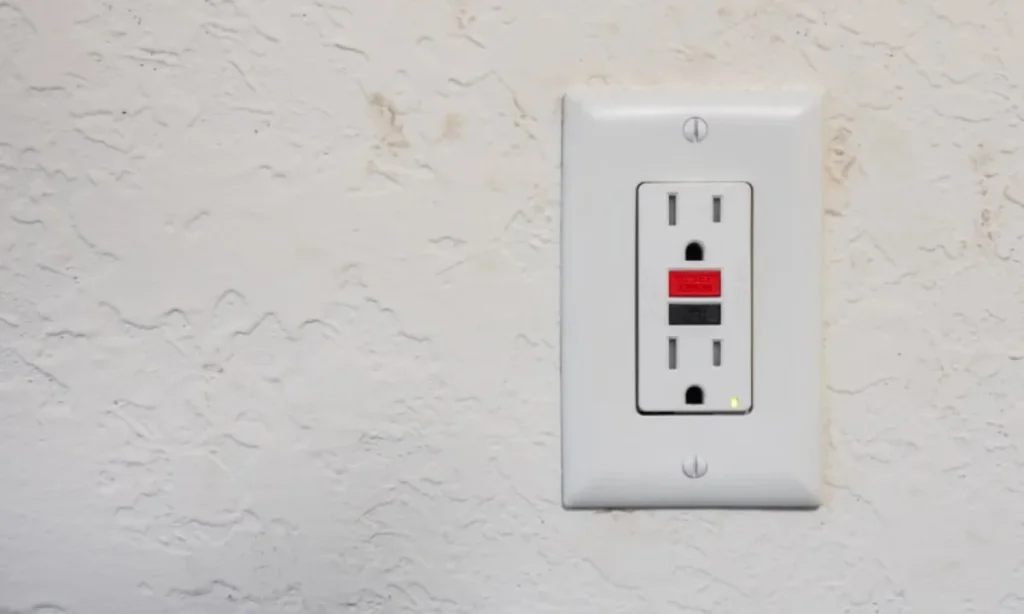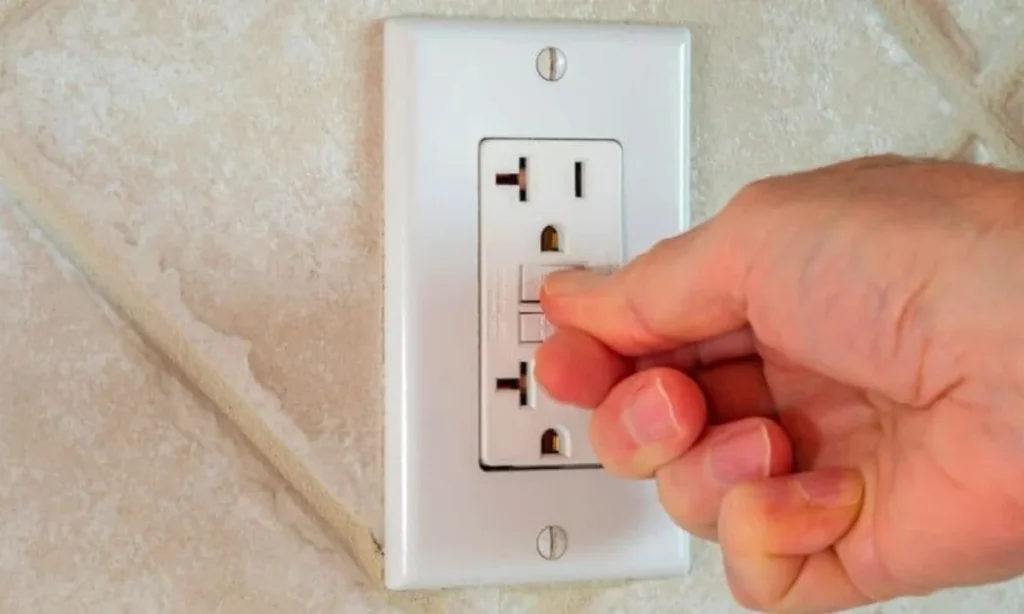The round button that appears in bathroom outlets represents the main feature of GFCIs, or Ground Fault Circuit Interrupters. If you’re wondering what is GFCI, it’s a vital, small electrical safety system essential in modern homes. Understanding GFCI and its significance for home safety is crucial for residents who wish to protect themselves, regardless of their property type. This blog provides a complete overview of GFCIs, starting with its basic definition, significance, advantages, and warning signs of malfunction.
Understanding of GFCI?

What is GFCI
GFCI stands for Ground Fault Circuit Interrupter. GFCI functions as a specific electric outlet which defends people from experiencing shock during electrical usage. The device tracks electrical current circulation in circuits to perform its safety function. The device recognizes any unbalanced electricity flow through water or people and immediately stops power supply within a microsecond span.
The device interrupts power rapidly which results in immediate life-saving effects. The GFCI outlet contains sensors which separate it from typical wall plugs. The outlet contains two tiny buttons named “TEST” and “RESET” that users can operate. Users can check the outlet functionality by pushing the buttons that also serve as reset controls when required.
The Importance of GFCI Outlets in Wet Areas
Water and electricity don’t mix. GFCI outlets serve as vital safety equipment due to their installation requirements in any area where water exists including kitchens and bathrooms and laundry rooms and garages and external spaces. Water sources located nearby result in higher electrical shock dangers at these locations. The installation of GFCI outlets in watery or moist spaces becomes necessary due to building regulatory requirements. New electrical outlets in wet areas require GFCIs along with all renovations that include outlet installation.
Benefits of Using GFCIs
GFCI outlets have become standard in modern construction because they offer vital electrical shock safety. Here are a few key benefits:
- Shock Prevention: The leading advantage provided by GFCIs protects users from dangerous electrical shock. The sudden shutdown triggered by GFCIs upon detecting imbalances becomes life-saving at the exact moment it happens.
- Fire Prevention: Electric fires can start from improper electrical wiring plus overloaded outlet conditions. GFCIs have the ability to find electrical issues ahead of time while lowering security risks.
- Code Compliance: The installation of GFCI outlets remains obligatory for specific locations according to local building regulations. These units guarantee your residence meets local building requirements.
- Easy to Reset: GFCIs exist with a simple reset function that can be activated by pressing a button despite requiring no breaker box intervention.
- Affordable Protection: GFCIs offer affordable safety solutions for properties because their cost is low but their protective benefits bring substantial value to any real estate property.
Common Misconceptions About GFCI Outlets You Should Know
People widely use GFCI outlets yet many consumers fail to understand them properly. People need to understand several widespread misconceptions about GFCI outlets.
- GFCIs Last Forever: GFCI electrical outlets have a maximum operational lifespan. Experienced professionals suggest monthly GFCI testing followed by replacement every 7–10 years or whenever they fail to pass a test.
- One GFCI Per Room is Enough: The protection of multiple outlets by one GFCI depends on proper wiring of downstream outlets to preserve safety.
- GFCIs Only Belong in Bathrooms and Kitchens: Every location with access to water such as outdoor patios along with basements, laundry rooms, garages and patios needs GFCI protection.
- Tripping Means It’s Broken: Not necessarily. A GFCI trips to protect you. Frequent tripping of GFCI outlets might reveal a major underlying problem but the outlet remains functioning properly.
How to Identify the Problems in GFCI Outlet

The reliability of GFCIs does not prevent them from having upkeep-related problems across time. The following guide outlines steps to detect GFCI outlet problems:
Common Problems Occur in GFCIs Electrical Outlet
- Outlet Won’t Reset: The outlet could either have structural damage or wiring problems because the reset button fails to restore power.
- Frequent Tripping: The outlet frequently trips to indicate both water damage and poor wiring and appliance defects. A properly trained electrician will locate the primary reason behind the issue.
- No Power to Outlet: Some GFCIs show all signs of operational functionality even though they supply no power to the outlets. A voltage tester allows you to verify the problem while resetting the breaker can also help diagnose it.
- Buzzing or Crackling Sounds: These Sounds indicate that the outlet might have internal damage or momentary electric arcs may be occurring. Imminent outlet usage should cease and professional help must be sought because of the situation.
- Test Button Doesn’t Work: The outlet requires replacement when pressing its test button fails to activate it.
Checking the outlet through testing its button will help identify problems at an early stage which reduces potential damages.
Conclusion
Although GFCIs are small in size, they function as powerful devices that enhance electrical safety. Understanding what is GFCI helps homeowners recognize its role in preventing electrical hazards. Through GFCI education about device functions, moisture-safety requirements, and maintenance methods, you can significantly improve your home’s protection. It is essential to test your GFCI outlets regularly if you haven’t checked them recently. Each GFCI outlet should be tested and, if malfunctioning, replaced before being properly installed in the appropriate spaces. Knowledge about GFCIs empowers people to take the first steps toward greater electrical safety.
FAQs
Operate your GFCI outlets once a month by using the “TEST” button, followed by the reset process.
Basic electrical knowledge allows you to replace outlets, but professionals who execute the task will provide safer installation and code compliance.
These outlets must be installed in all moist areas inside and outside the home, including bathrooms, kitchens, garages, laundry rooms, and outdoor areas.




